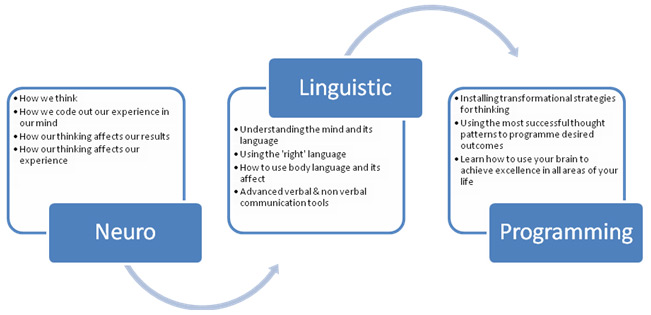What separates great communicators from the good ones is that the great speak their target audience’s language. Good communicators can articulate and send out messages very well; but great communicators demonstrate empathy for their target audience.
In order to become a great communicator, one must have the thoughts, feelings, and the language of the audience in mind. To achieve this, one needs to understand the concept of Neuro Linguistic Programming.
Neuro-Linguistic Programing is about learning a person’s different modes of communication. Knowing such modes will equip a communicator with knowledge on how information is processed by a person. Once this communication mode is realized, a speaker can the change his or her approach, depending on the person he or she is communicating with, and capitalize on that to build better rapport.
The three most common, and principal, communication modes are the visual, auditory, and kinesthetic. The visual mode mainly pertains to people whose tendencies are to process information with pictures, colors, and images. An auditory person will respond more positively to sounds, pitch, tone, and volume. Kinesthetic people will respond more to physical stimuli like touching an object or emotional stimuli like feeling something . Also take note that these modes are not absolute, but are just preferences.
In order to find out your own preferred communication mode, you can try out a very simple test. Think as if you’re asking someone for directions. If you find that having a map and description of certain landmarks help you the most, then you’re a visual person. If you consistently listen to the person’s voice, taking note of the change in pitch or volume when giving directions when to either turn left, right or go straight ahead, and find out these help you the most, then you’re an auditory person. If gestures like pointing to certain directions when giving instructions or basing directions from ‘gut feel’ help you find your destination best, then your preferred communication mode is kinesthetic.
Having this knowledge will gain you a big advantage when talking to your customers. If you simply pay attention to their choices of words, you can decipher their preferred communication mode. For example, visual customers use phrases like, “I see,” “it appears like,” or “it looks like,” then you can be sure that their preferred communication is visual in nature. Moreover, if a customer uses words like, “That sounds good,” “I’d like to hear more,” or “Tell me,” you can safely say that this customer is an auditory person. If a customer has word choices of “It feels right,” “I can’t seem to get a hold of it,” or “I feel,” then you’re talking to a kinesthetic customer.
Once you discover your customer’s preferred communication mode, you can then match their language with word choices to address their mode’s needs. If the customer you’re talking with is visual, always use visual cues, and so on and so forth. With a little bit of practice, you would find that talking your customer’s language will make it easier for you to get your message across, build rapport with your audience, and eventually close those deals.

